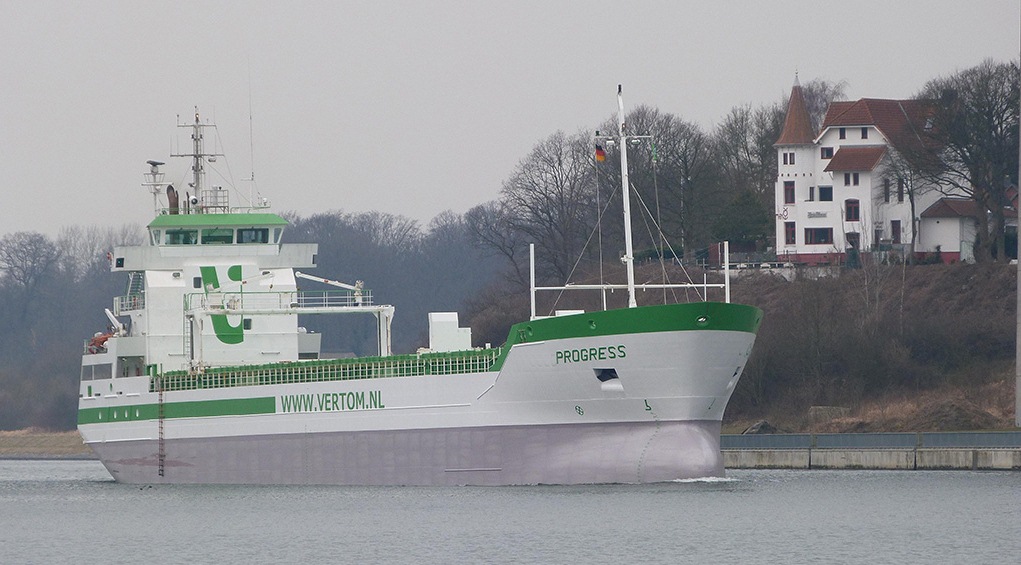Netherlands-based Econowind will install wind-assist VentiFoil units on multiple Vertom vessels by the end of 2022. These will be retrofitted on the general cargo vessels MV Progress and MV Perfect, making it the first fleet order for Econowind.
Econowind will install the next generation VentiFoils on the vessels. The suction method has been upgraded, which results in limiting the number of moving parts. This next step by Vertom allows Econowind to further invest in production methods, making production faster.
‘Vertom recognised the momentum for partnerships with a clear focus on decarbonising our business activities and supply chain,’ says Thomas van Meerkerk of Vertom. ‘After closely considering the business case of the VentiFoil units, we are pleased to extend our collaboration with Econowind with another order for two vessels.’
Vertom has been studying wind assisted propulsion in more detail for their vessels since signing the contract for the retrofit of two VentiFoils on the MV Anna, which will be installed in June 2022.
Also read: Schram Shipping orders wind-assist installations from eConowind
Improving EEXI and EEDI
Vertom made the decision to invest in the VentiFoil, by also closely considering the following key variables:
- Energy Efficiency eXisting ship Index (EEXI), Carbon Intensity Index for existing ships;
- Carbon Intensity Indicator (CII), CO2 per nautical mile in operation;
- Energy Efficiency Operational Indicator (EEOI), emission per cargo.
Rolf van Leeuwen, Senior Technical Superintendent of Vertom adds: ‘Installing the VentiFoils is a big step forward in reducing (CO2) emissions and fuel consumption for our current fleet. It is, along with our upcoming newbuilding program, a good step towards reducing our carbon footprint.’
‘We are delighted to add Vertom to our customer base and to make this next step in making shipping more sustainable together,’ concludes Frank Nieuwenhuis, CEO of Econowind. ‘The more installations we can retrofit, the more data we can attain and learn from. This provides us with solid proof of how wind assisted ship propulsion is reducing emissions per nautical mile and improving vessels’ EEXI and Energy Efficiency Design Index (EEDI). This also serves as a justification for the investment; the costs of systems can be covered by the savings.’
Picture by Vertom.
Also read: New Conoship vessel design is ready for wind-assist and future fuels








